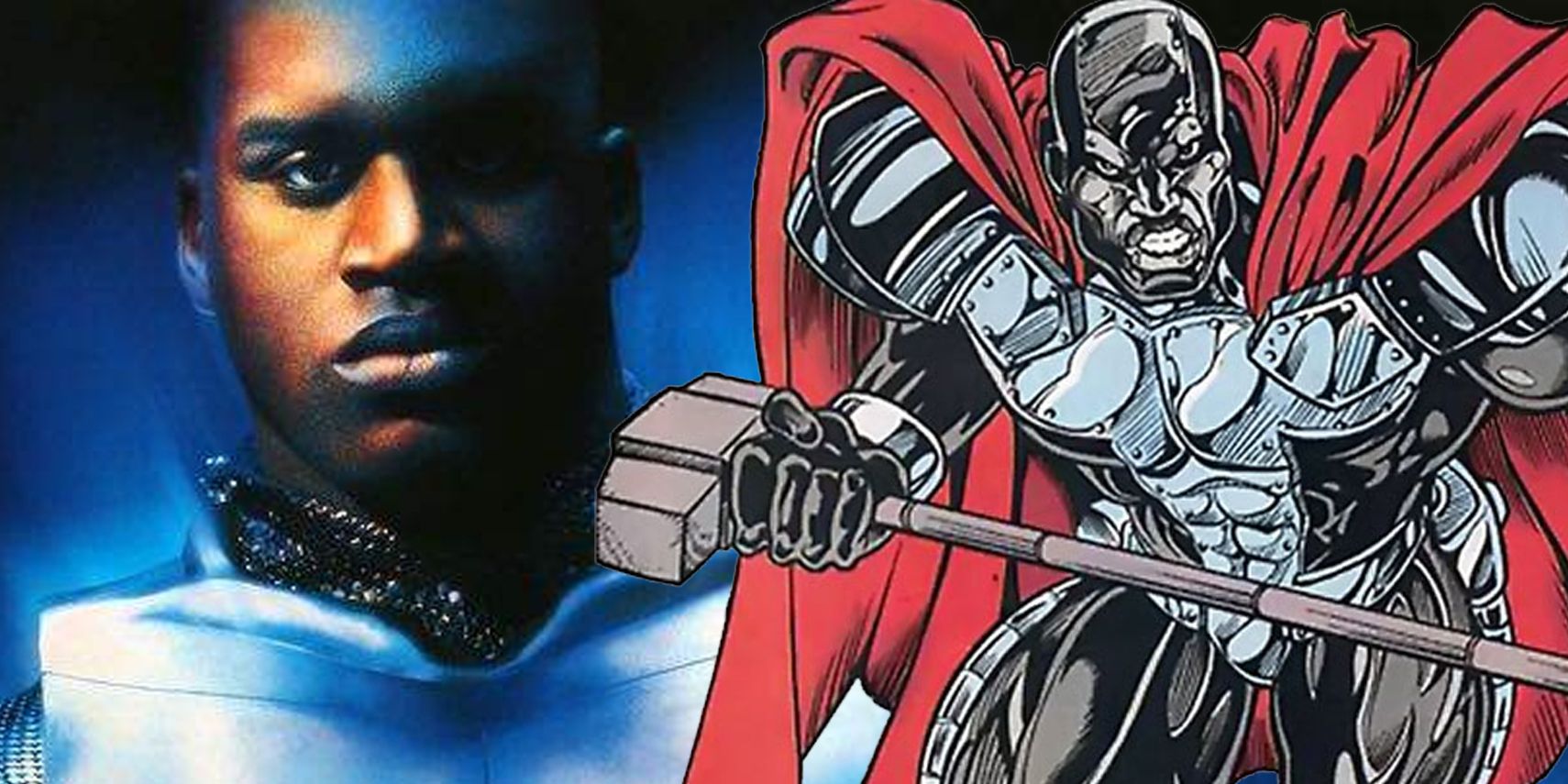
Warner Bros. may be responsible for immortalizing some of DC Comics' most iconic characters and storylines in movies, but there are many DC movies that the studio would rather forget. One of these is Steel, released in 1997 and starring NBA legend Shaquille O'Neal.
Steel is best remembered for basically being the DC movie equivalent of Howard The Duck and little else. What people know of John Henry Irons' cinematic debut mostly comes from second-hand knowledge and its reputation. There's a lot more to Steel than what people think they know of it, and it's actually more important than some realize.
10 Its Entire Theatrical Run Earned Less Than What Batman & Robin Got During Its Opening Week
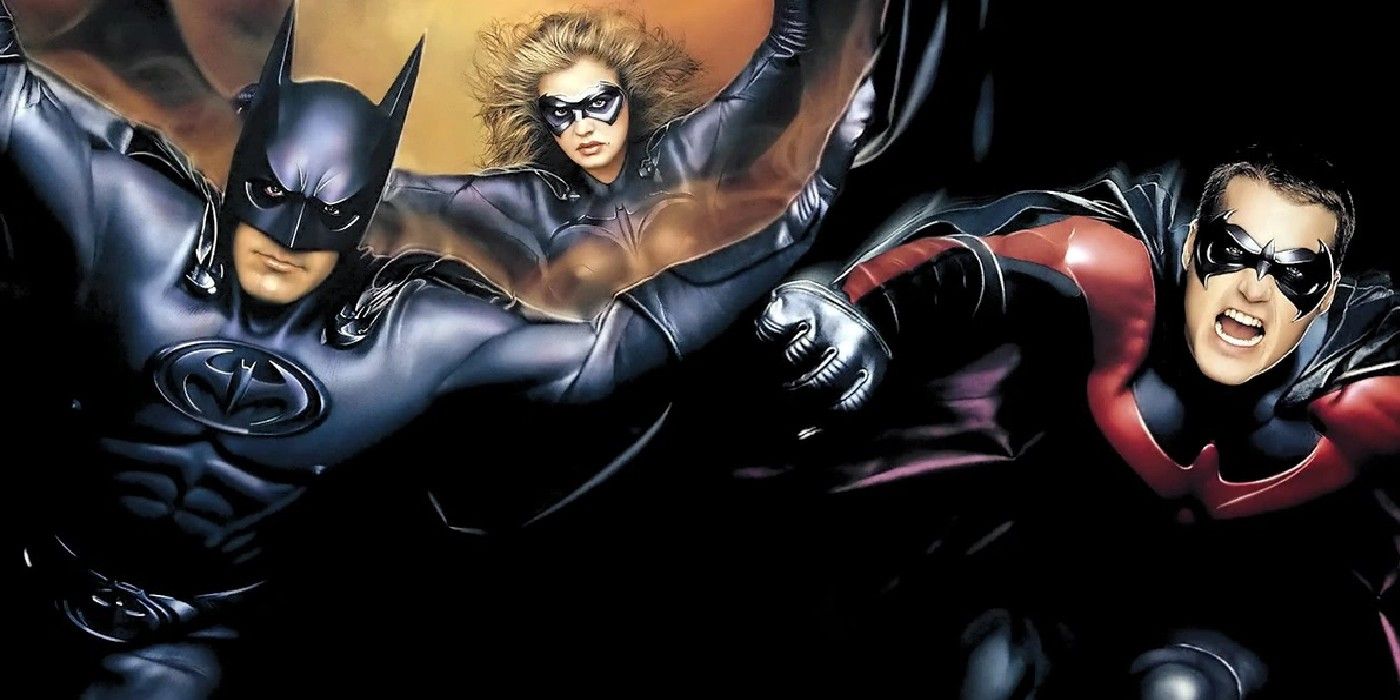
Despite starring Shaq at the height of his popularity as both an athlete and all around celebrity, Steel was a box office bomb. It only earned $1.7 million against a $16 million budget, making it not only one of the worst-performing movies to be based on a DC Comics property, but also one of the least profitable comic book movies in general.
For comparison's sake, Shaq's other movie Kazaam (released one year before Steel) earned $18 million at the box office against its $20 million budget. Additionally, Steel earned less than the equally notorious Batman & Robin (which, despite negative reviews, earned $238 million against a $160 million budget) did in its first weekend.
9 It Was Written & Directed By The Creator Of The Classic Hulk TV Show
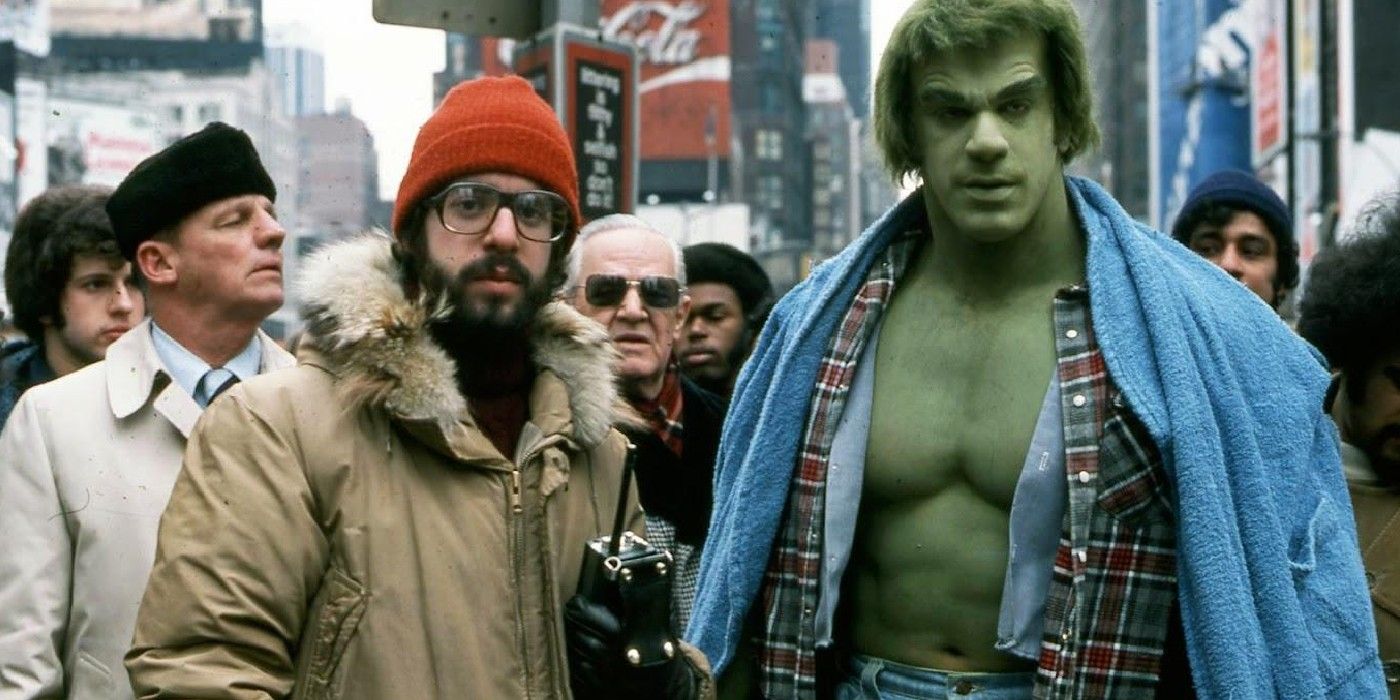
Steel was written and directed by Kenneth Johnson, who's best known for creating landmark TV shows like Alien Nation, The Bionic Woman, and V. What made Johnson a seemingly perfect choice for Steel, though, was undoubtedly his work on the iconic The Incredible Hulk from the late '70s. Steel was Johnson's first blockbuster and he was so passionate about it that he spent an entire day in South Central Los Angeles just to get the child characters' speech mannerisms right.
Unfortunately, this phase in his career ended as soon as it started. After Steel flopped hard, Johnson went back to working on television and he's stayed there ever since. His most notable post-Steel work includes directing some episodes of JAG and overseeing the 2009 remake of V.
8 Shaq Was So Tall That The Filmmakers Couldn't Find Him A Stunt Double
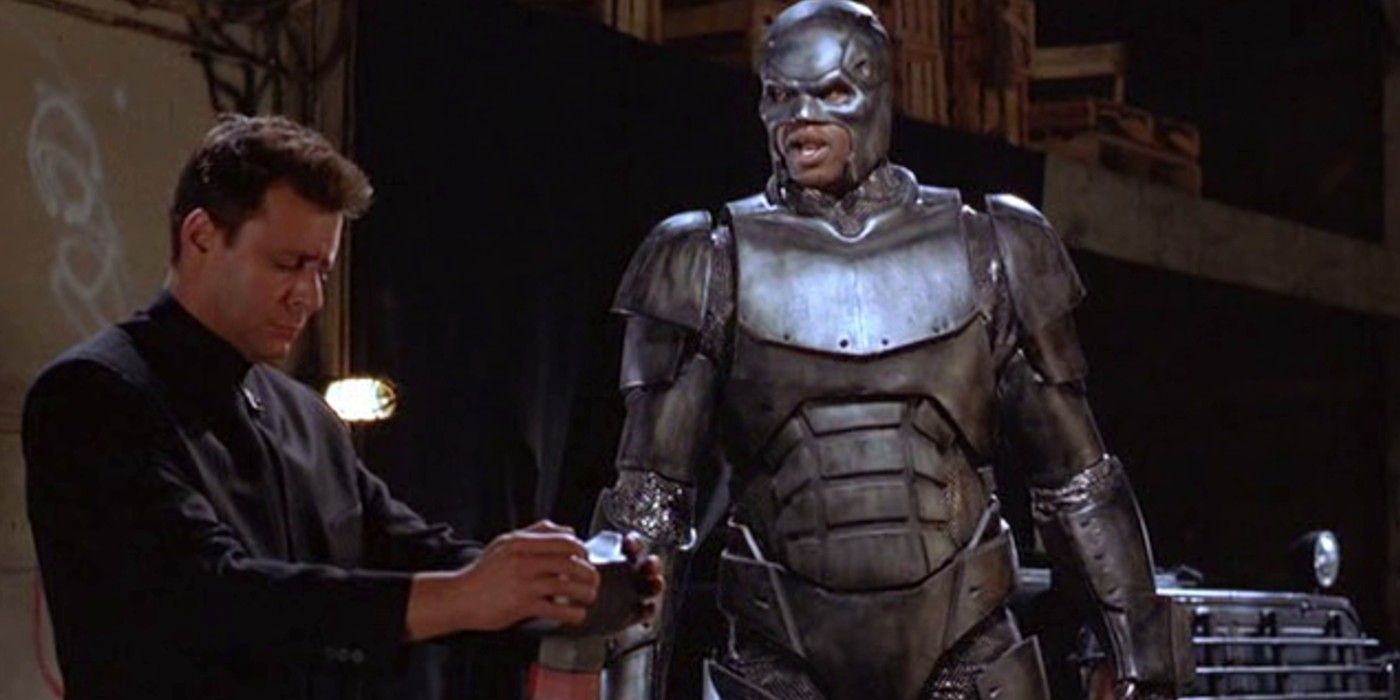
A common criticism about Steel is that its action scenes are awkward. For a superhero movie, Steel had surprisingly scant and underwhelming fights that mostly boiled down to Steel and the bad guys using their weapons from a distance, or Shaq letting his towering physique do the heavy lifting by throwing guys around.
This could've easily been averted if Shaq had a stunt double, but there was one problem: Shaq was so tall that the filmmakers couldn't find a stunt double who came close to his towering seven feet, one inch frame. Because of this, Shaq had to do his own stunts, and his inexperience in this particular field was unfortunately highlighted in the final cut.
7 Shaq's Olympic Training Caused A Problem For Production

In 1996, Shaq joined America's basketball team in the Summer Olympic games. Problem was, his training schedule conflicted with the shooting of Steel. Johnson had a total of 51 days and 32 nights to finish the movie, but Shaq was only available for five weeks (around 35 days and nights) even though his training and filming were both based in Los Angeles.
As a result, Shaq only read through the script once and had to work with an acting coach in between games to nail his character. Shaq memorized all of his lines, but his lack of acting experience showed up in the worst ways possible. This explains why Steel feels rushed and why Shaq— despite his best efforts— struggled with his leading role's demands.
6 Wesley Snipes Was Considered For Steel Before Shaq Was Cast
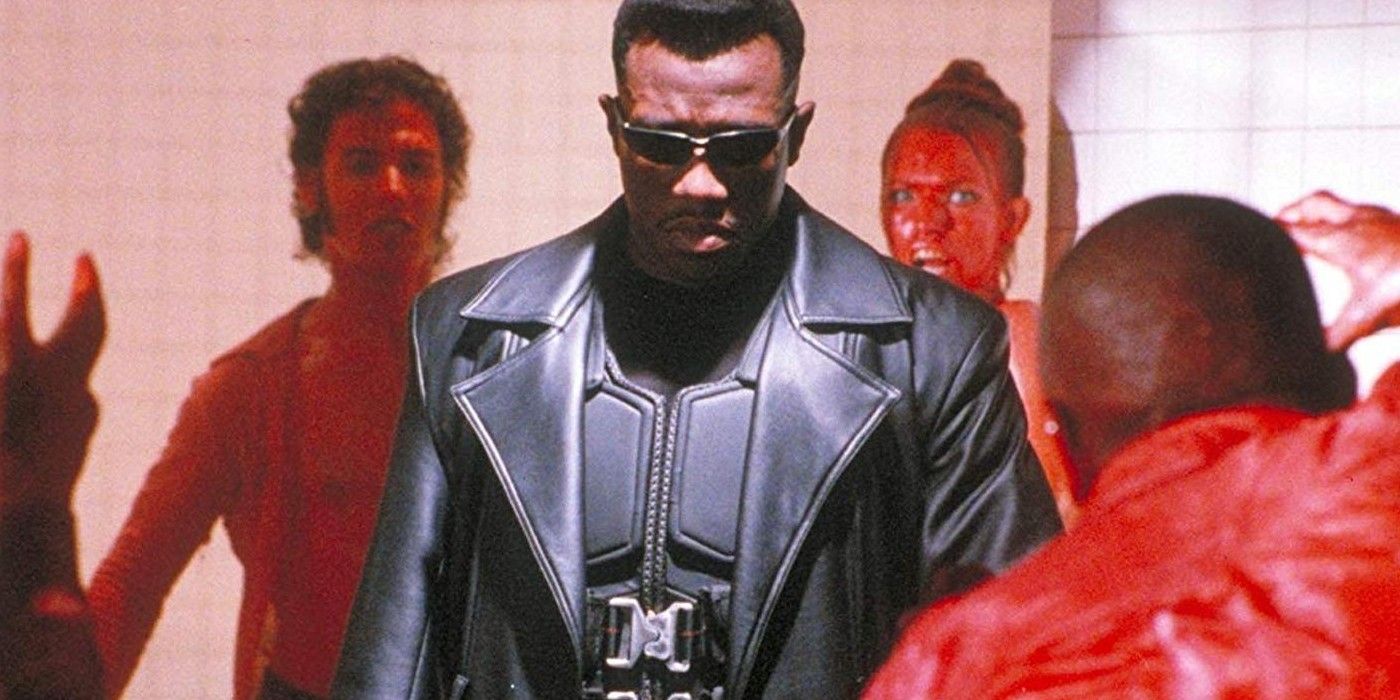
During Steel's earliest development stages, Johnson wanted to cast burgeoning action star Wesley Snipes as the eponymous hero. Warner Bros. is said to have turned him down and recommended Shaq instead, since they believed that the basketball star's likeness would sell more Steel toys and merchandise than the villain from Demolition Man could. This backfired in the most ironic ways imaginable.
Steel all but ended Shaq's acting career, while Snipes became a box office star thanks to his own superhero movie, Blade. Shaq still pulls in acting roles, but he mostly appears as himself in lighthearted cameos instead of portraying characters. Meanwhile, Snipes remains an action legend who's still synonymous to the Daywalker, despite Mahershala Ali inheriting the role for the character's eventual MCU debut.
5 Steel Is The Second Superhero Movie To Star An African-American Hero
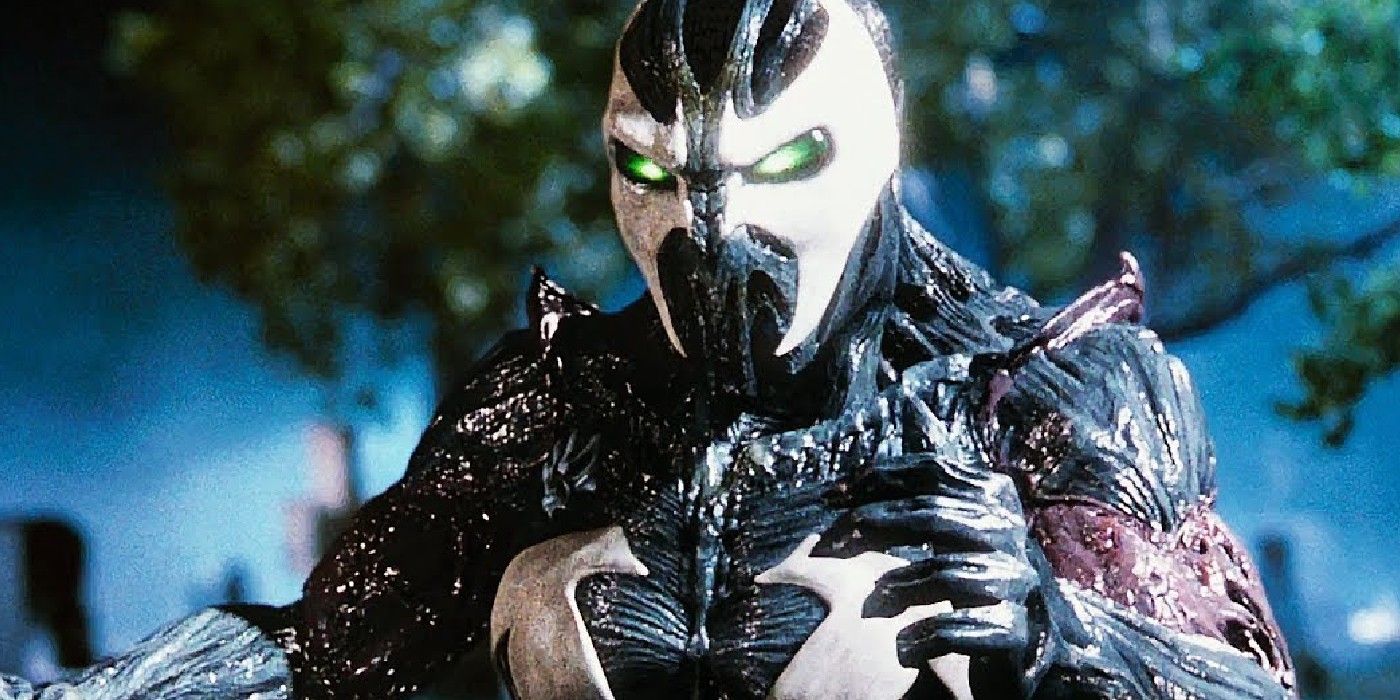
If Steel were released a bit earlier, it could've become a cultural milestone. Shaq's superhero movie first hit theaters on August 15, 1997, just two weeks after Spawn debuted on August 1, 1997. Because of this technicality, Michael Jai White beat Shaq in becoming the first Black actor to portray an established comic book superhero.
Spawn and Steel may only be guilty pleasures at best, but they started an important trend. Despite bombing financially and critically, they proved that there was interest and potential in African American-led superhero movies. Without them, Blade wouldn't have revived the stagnant genre in 1998, nor would Black Panther change pop culture decades later.
4 Steel Was Deliberately Distanced From The DC Universe
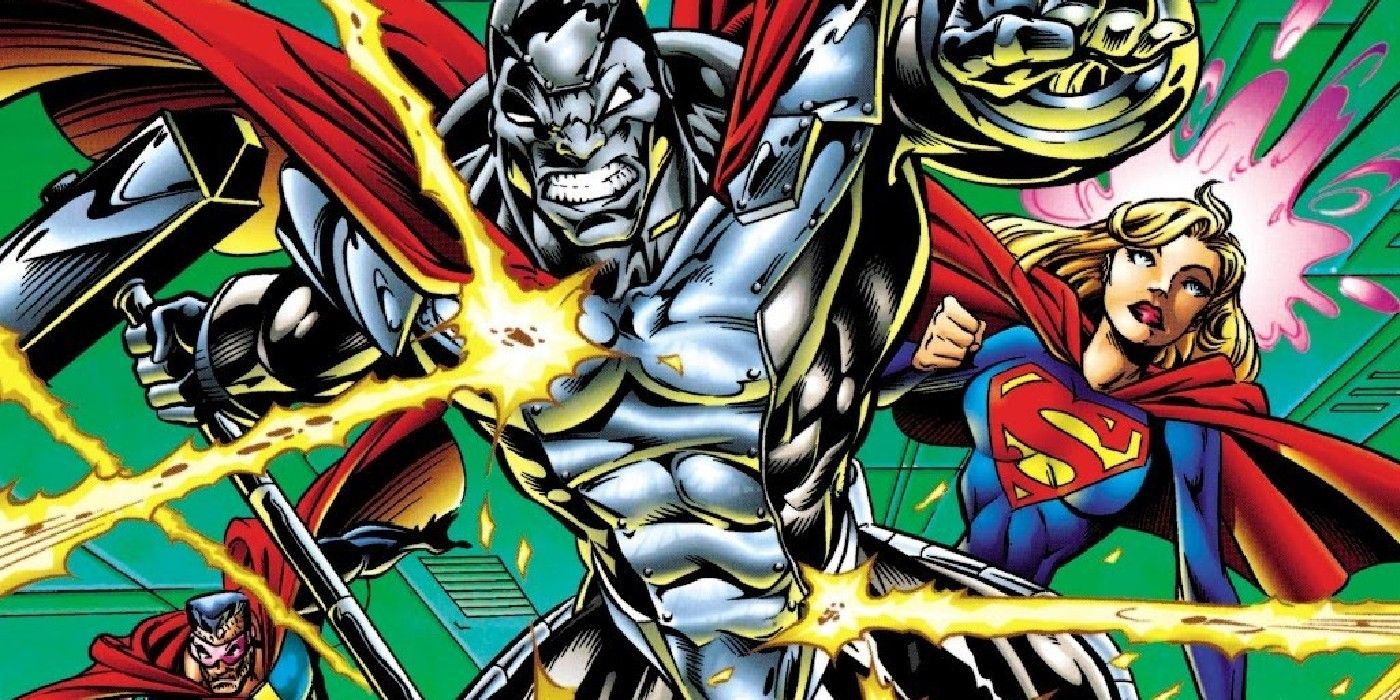
Originally, John Henry Irons became Steel after he decides to fill in the void that Superman left behind following his death. His movie counterpart, meanwhile, created his homemade armor to stop a former colleague's arms dealing operation. Other than Shaq's tattoo of Superman's emblem, the live-action Steel has no connection to Superman, let alone DC.
This was intentional since the filmmakers wanted to turn Steel into the perfect superhero antithesis. Producer Joel Simon described Steel as a "super human being" and a contemporary knight in shining armor more than a superhero, while Johnson pictured a "blue-collar Batman." To this effect, they stripped Steel of his grander DC mythos, grounded him, and even removed his cape.
3 Sparky Is Oracle In Everything But Name
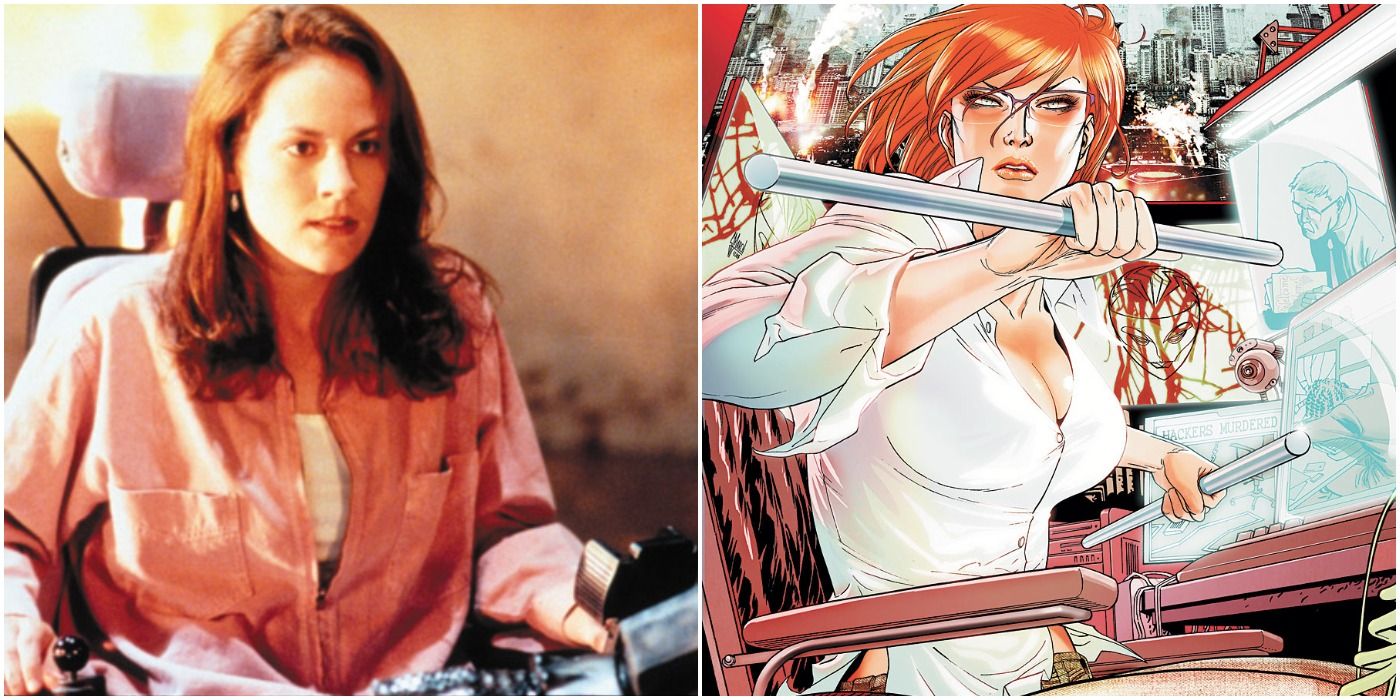
An extension of the previous point is that most of Steel's allies and enemies were made exclusively for the movie; almost none of them could be traced back to an existing DC Comics character. The one exception is Sparky (aka Susan Sparx), Steel's mission control who was actually heavily based on Oracle, aka Barbara Gordon.
Like Oracle, Susan was paralyzed and wheelchair-bound following a traumatic incident, and she helped Steel's vigilantism by managing his communications. For what it's worth, Steel was praised for having a woman with a physical disability as one of its most important characters, while Annabeth Gish was credited for her strong performance as Sparky.
2 Steel Was The Last DC Movie To Hit Cinemas Before The 7-Year Hiatus
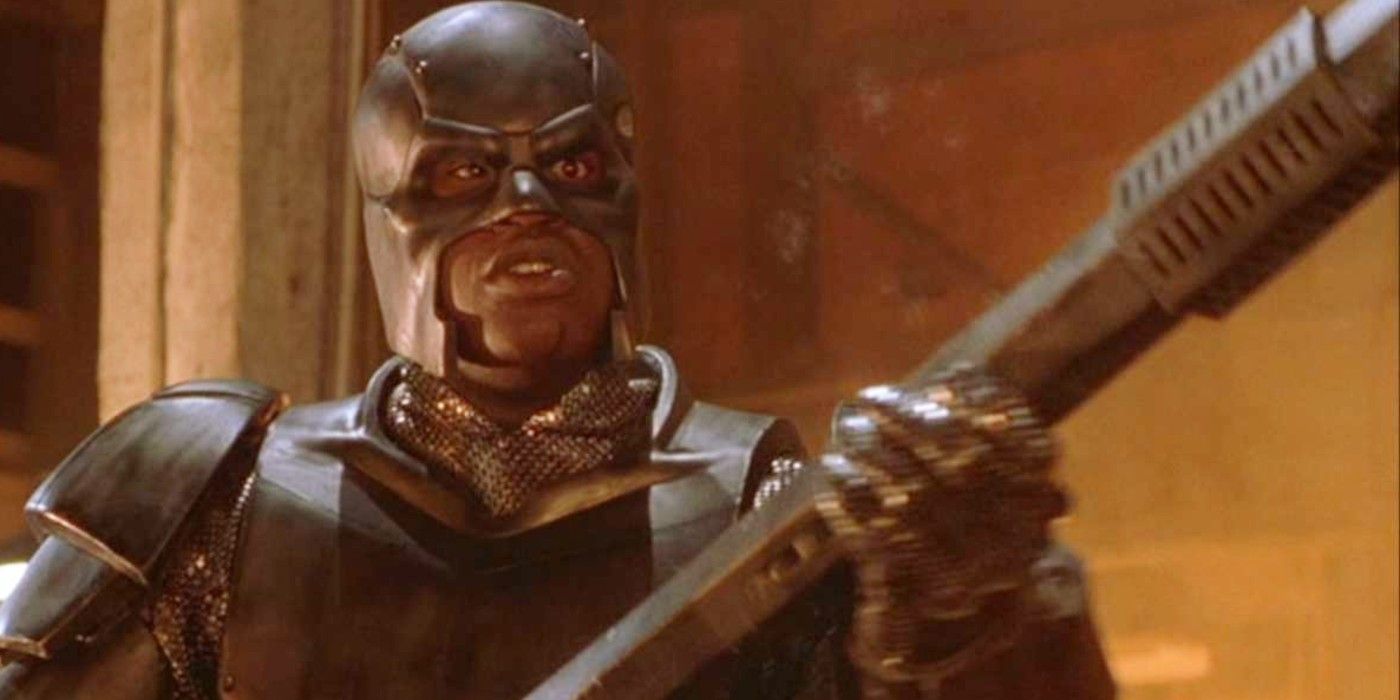
After the joint failures of Batman & Robin and Steel, Warner Bros. lost faith in both DC Comics adaptations and superhero movies as a whole. WB stepped away from the superhero genre for the next few years, and this sudden lack of DC movies inadvertently led to the beginnings of Marvel's pop culture dominance.
A year after Steel, New Line Cinema released Blade and kick-started the superhero movies' resurgence and Marvel's rise. As Blade, the X-Men, and Spider-Man dominated the box office, WB bided its time before making its move in 2004. Seven years after Steel, WB finally returned to the superhero genre with its first DC movie in nearly a decade: Catwoman.
1 Steel Momentarily Killed The Superhero Genre's Family-Friendly Approach
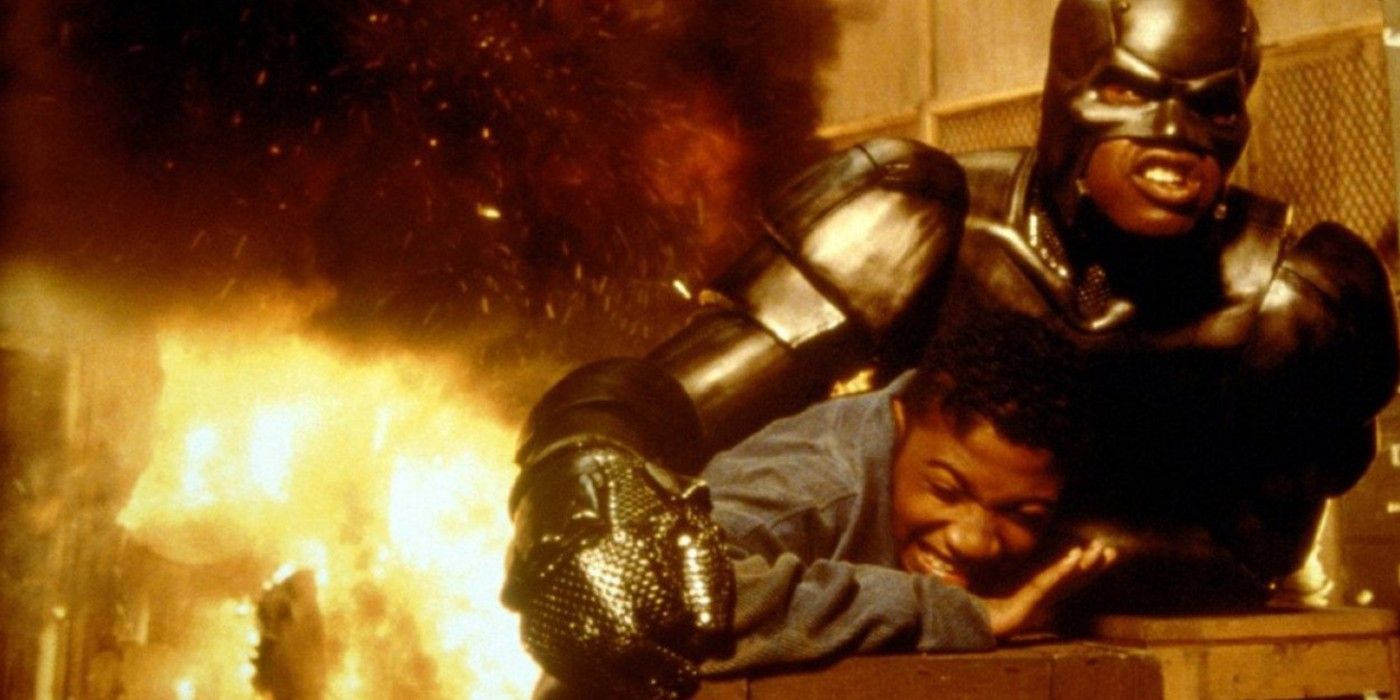
One of the most prevailing criticisms against Steel was that it was too campy and cheesy to be taken seriously. Combined with Batman & Robin's similar backlash, Steel's reception helped convince WB and other studios that family-friendly superhero movies were a corny and outdated idea.
This paradigm shift affected Blade, X-Men, and (to a lesser extent) Spider-Man, which traded their comics' colorful aesthetics for more realistic looks and switched fantastical elements with grounded origins for their superpowers. Even the campy Catwoman was made with this mindset, as it was marketed as a seductive thriller more than a Batman supervillain's solo movie. Until Shazam, DC movies were primarily known for being grim and dark to a borderline parodic degree.
0 Comments